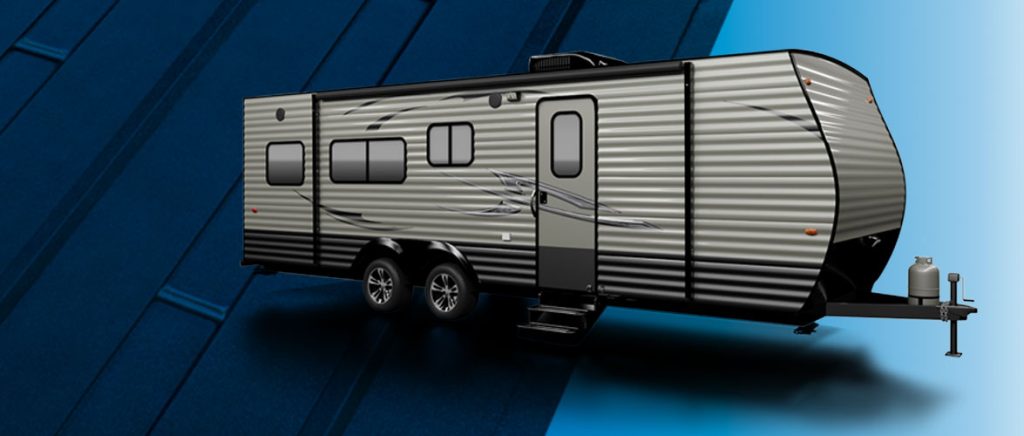Jul 17, 2025
The Advantages of Thermoforming in the RV Industry: A Game-Changer for Engineers

Recreational vehicles
Introduction: When manufacturing recreational vehicles (RVs), engineers face unique challenges in balancing functionality, durability, and cost-effectiveness. One manufacturing process that has emerged as a game-changer in the RV industry is thermoforming. With its numerous advantages, thermoforming allows engineers to create high-quality, lightweight, customizable components that enhance the overall RV experience. This article will examine the primary benefits of thermoforming and its influence on the RV industry.
UnderGuard™ protects the undercarriage of towable RVs.
In the towable RV market, one crucial component that plays a vital role in protecting the vehicle’s undercarriage is the UnderGuard. Explicitly designed to safeguard the vulnerable areas underneath the RV, the UnderGuard provides an added layer of protection against road debris, moisture, and other potential hazards encountered during travel.
Advantages of the UnderGuard thermoformed part.
Thermoformed UnderGuards offer distinct advantages in terms of durability and strength. The process allows for the creation of rigid yet lightweight components that can withstand the rigors of the road while minimizing the additional weight on the RV’s undercarriage. Thermoformed materials, such as high-density polyethylene (HDPE), offer exceptional impact resistance, ensuring long-lasting protection.
The UnderGuard not only safeguards the RV’s vital systems but also contributes to the vehicle’s overall longevity. By preventing moisture from seeping into sensitive areas, it helps mitigate the risk of corrosion, rust, and other damage that can compromise the RV’s structural integrity. Additionally, UnderGuard’s design often includes proper ventilation to promote airflow, reducing the chance of moisture buildup and enhancing overall performance.
Moreover, the UnderGuard provides peace of mind to both RV owners and manufacturers.
Parts in an RV that could benefit from converting to thermoforming
Several components in the RV industry can be thermoformed to benefit from the process. Thermoforming allows engineers to create lightweight, durable, and customized parts. Here are some examples of RV components that are commonly thermoformed:
- Exterior Panels
- Interior Wall Panels
- Ceiling Panels
- Furniture Components
- Bathroom Fixtures
- Storage Compartments
- Instrument Panels and Dashboard Components
Engineers can optimize the design, functionality, and performance of vehicles by utilizing thermoforming for various RV components. The lightweight nature, cost-effectiveness, customization capabilities, and durability of thermoformed parts make them an ideal choice for creating high-quality RVs that meet the demands of modern travelers.
Thermoforming offers
- Versatility
- Lightweight Construction
- Cost-Effectiveness
- Customization
- Durability
Conclusion: Thermoforming has emerged as a transformative manufacturing process in the RV industry, offering engineers a range of advantages that significantly impact the design, production, and performance of RVs.
About Ameri-Kart Industries
Ameri-Kart is a leading manufacturer of a wide range of polymer products for industrial, agricultural, automotive, commercial, and consumer markets. The Company is also the largest distributor of tools, equipment, and supplies for the tire, wheel, and under-vehicle service industry in the United States.